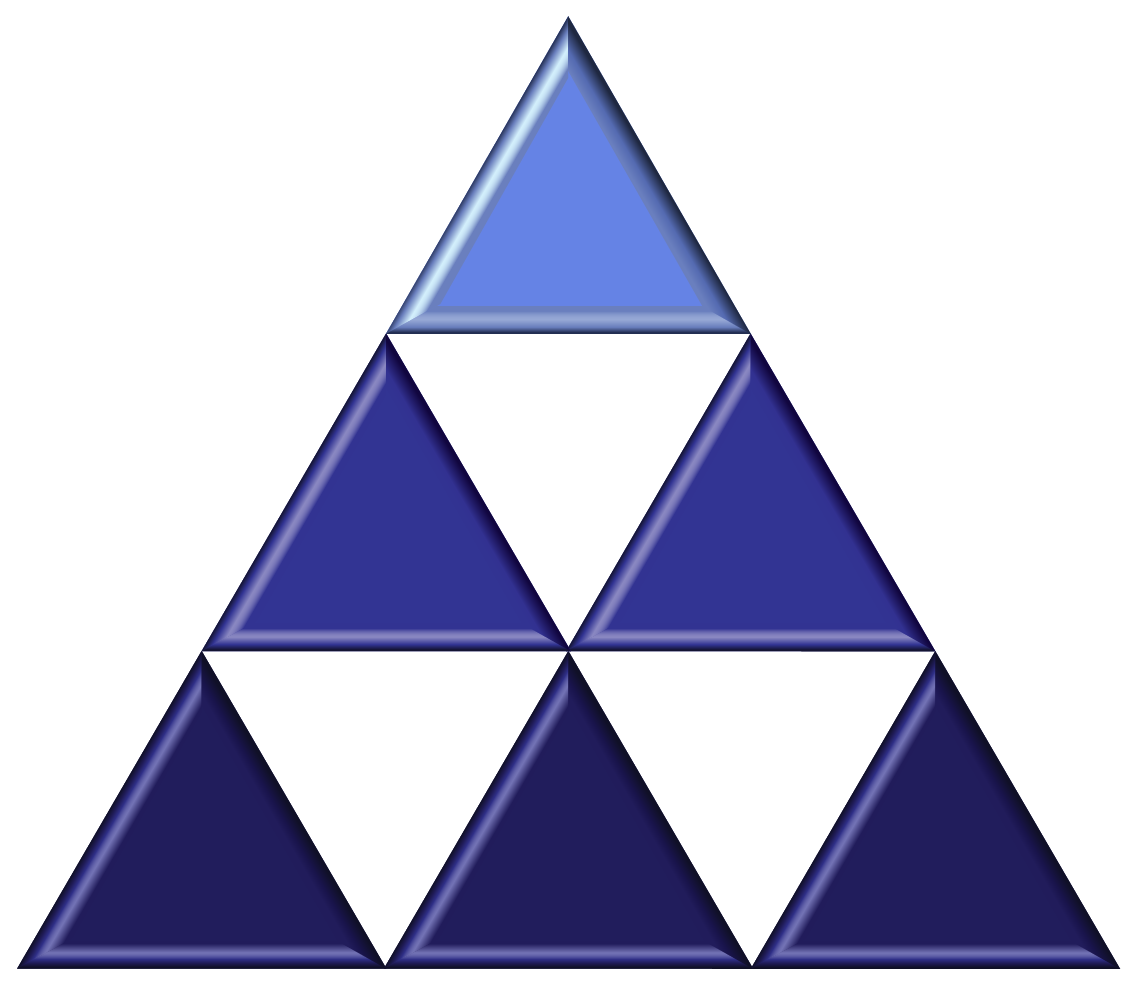Take Time to Rest
A former client referred me to a book by Alex Soojung-Kim Pang called “Rest”, subtitled “Why you get more done when you work less” which presents an interesting perspective on the apparent ‘busyness’ of our current lifestyle. The ‘always on’ lifestyle that we lead and the increasingly high number of hours that we work as a nation is taking a toll not only in terms of the impact on our relationships and time for leisure activities, but also apparently on our personal effectiveness.
I have addressed the issue of time management in previous articles and advocated an approach based on sensible prioritization which does improve things, but ‘Rest’ provides an insightful and different perspective on how to work more effectively while increasing the time available to pursue non-work related activities. I am not yet finished with the book, but already there are some interesting insights that I thought I would share.
According to Soojung-Kim Pang, ‘Work’ and ‘Rest’ are actually two sides of the same coin in that you cannot work effectively unless you get sufficient rest (which includes leisure activities as well as sleep) and obviously you need to work in order to fund your personal lifestyle. There is also an inherent link which many of us may not be aware of, for example have you ever experienced the situation where you been working on a problem and then all of a sudden the answer comes to you later sometime down the track when you are doing something quite unrelated? This is apparently due to a sequential model described by English psychologist Graham Wallas in his book “The Art of Thought” (1926) which was created following his study of ‘creative breakthroughs’. He describes a four-stage process through which this occurs: Preparation (conscious activity where you frame and analyse the problem), Incubation (the problem goes into the subconscious while you do other things) followed by Illumination (that ‘aha’ moment when you find the answer through a flash of inspiration) and finally Verification which is a conscious activity focused on verifying the validity of the solution. It turns out that studies have shown that our creative abilities actually go up when we are not working and analysing, but when we are undertaking restful activities such as walking.
Soojung-Kim Pang studied the working habits of many creative thinkers such as Charles Darwin, Charles Dickens, Ernö Rubik (who’s cube bears his name), Pyotr Tchaikovsky and many famous mathematicians and writers and interestingly found that many of these prolific producers often worked no more than 4 hours a day. However, the key think that all these great thinkers had in common was that their day was very structured. It usually started early with some doing about an hour’s work and others simply having breakfast or undertaking a restful activity such as walking or the gym. There then followed around three hours of work, sometimes punctuated by a break or two then invariably lunch followed by some form of restful activity again. This strict routine was followed every working day by each of these people.
In my own personal corporate experience many years ago, I can remember deciding to work through my lunch-break in the misguided belief that using this time for work would allow me to finish earlier, but that never eventuated. However, when I decided instead to go for a walk at lunchtime away from my desk, free from interruptions and able to let my mind wander, that’s when many of the breakthroughs occurred and I did not need to work any later.
Food or perhaps, rest for thought.
Written by Ian Ash

